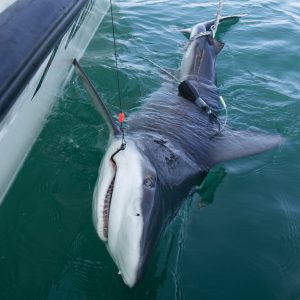Communities are held together by norms of civility and an overriding spirit of goodwill.
Right now those norms are withering away, supplanted by foul behavior and disrespect. In communities throughout this area, there has been an observable decline in civility, a dangerous trend that jeopardizes the community’s long-term prospects.
At Stony Brook University, members of the campus community have expressed growing concerns about the frequency of hostile encounters taking place in nearby communities. Students and staff members have become targets of scorn and prejudice, a phenomenon that should disturb our residents deeply.
In addition, elected officials and business owners are dismayed by the recent spike in vandalism and destruction of public and private property. Perhaps most alarmingly, police have investigated the July 5 burning of a sign at a Ronkonkoma mosque as a possible hate crime.
While destroying property and desecrating houses of worship surely violates several of our laws, these actions also tear at the fabric of our community. After two years of lockdowns and separation, community members now seem more estranged from one another than ever before.
The immediate consequence of all of this is that our community is less safe and less congenial than it once was. People will be less likely to spend their time and money in our local downtown areas, creating more vacant storefronts. But in the long run, people may soon flee this area in search of that community feeling that they couldn’t find here.
Since ancient antiquity, scholars have understood that people of a community cannot be held together by laws alone. Laws create a system of rules and keep communities orderly and regulated, but they cannot inspire neighborliness or tolerance. Aristotle contended that “friendship” was the necessary ingredient for a community to thrive.
We must cultivate the bonds of friendship that once existed among our community members. As citizens of this area, we must recognize that each person is entitled to our respect, regardless of religion, race, ethnic background or politics.
The people of Long Island are fortunate to have a superb public research institution right in their backyard, a place that offers jobs to our residents and a talented pool of students and staff who are eager to change the world for the better. We must welcome them as our own, deserving of our friendship and respect. We want them to stay right here on Long Island, where they can help us build upon and strengthen this community.
In a similar vein, we cannot tolerate the destruction of public or private property. Budgets are tight enough in our county, towns and villages, and taxpayers should not be forced to absorb these preventable costs. Moreover, small businesses are struggling enough amid nationwide economic challenges and the ongoing public health emergency. We should not compound their hardships and expenses either.
Progress requires a reassessment and realignment of our system of values. Let’s rediscover what it means to be civil and respectful to one another. Let’s foster that sense of civic friendliness and community cohesion that existed before. We must learn to respect our neighbors again, for without respect this community will not endure. As Aretha Franklin sang, “Just a little bit, a little respect.”










 Last week, Setauket’s David Calone announced his intention to run for county executive on the Democratic ticket in 2023. Due to term limits, Steve Bellone (D) will not be running.
Last week, Setauket’s David Calone announced his intention to run for county executive on the Democratic ticket in 2023. Due to term limits, Steve Bellone (D) will not be running.











